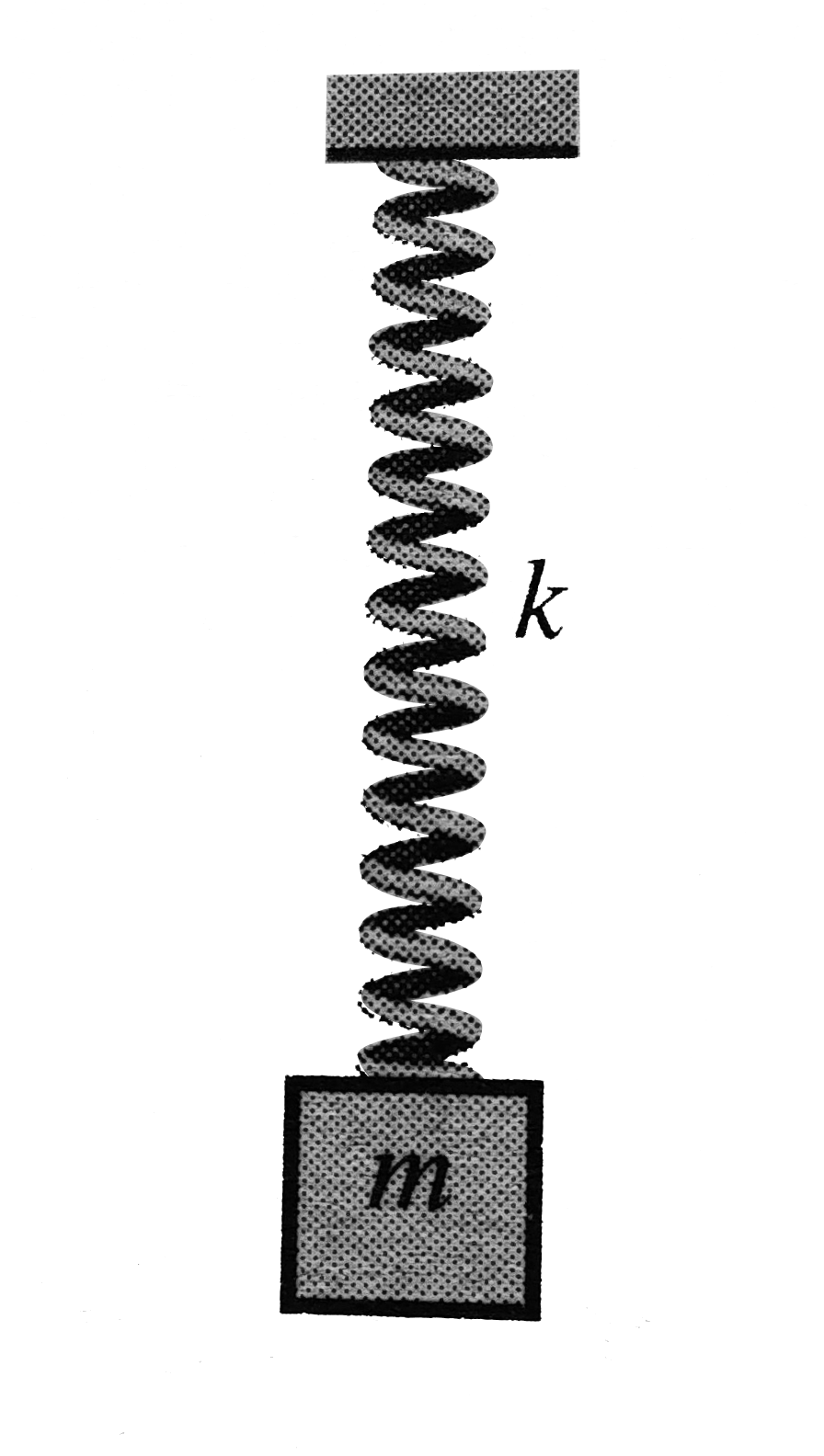Mark out the correct options
the energy of any smal part of a string remains constnt in a traveling wave
the energy of any small part of a string remains constant in a standing wave
the energies of all the smal parts of equal length are equal in a traveling wave
The energies of all the small parts of equal length are equal in a standing wave
The correct Answer is:B
To solve the question regarding the energy of small parts of a string in different types of waves, we will analyze the options provided and determine which statement is correct.
1. Understanding Wave Types:
- There are two main types of waves to consider: traveling waves and standing waves.
- A traveling wave is one that moves through space, carrying energy from one location to another.
- A standing wave, on the other hand, is formed by the interference of two traveling waves moving in opposite directions. In this case, certain points (nodes) do not move, while others (antinodes) oscillate with maximum amplitude.
2. Energy in Traveling Waves:
- In a traveling wave, energy is transferred along the medium. As the wave travels, the energy of small parts of the string changes as they move through the wave's cycle. Therefore, the energy is not constant.
3. Energy in Standing Waves:
- In a standing wave, the energy of the small parts of the string at the nodes remains constant because these points do not oscillate. The energy oscillates between potential and kinetic forms at the antinodes, but the overall energy distribution remains constant over time.
4. Evaluating the Options:
- We need to identify which option correctly states that the energy of small parts of the string remains constant in a standing wave.
- Based on our understanding, the correct answer is that the energy remains constant in a standing wave, not in a traveling wave.
5. Conclusion:
- Therefore, the correct option is B: The energy of small parts of the string remains constant in a standing wave.
Final Answer:
The correct option is B.
- There are two main types of waves to consider: traveling waves and standing waves.
- A traveling wave is one that moves through space, carrying energy from one location to another.
- A standing wave, on the other hand, is formed by the interference of two traveling waves moving in opposite directions. In this case, certain points (nodes) do not move, while others (antinodes) oscillate with maximum amplitude.
- In a traveling wave, energy is transferred along the medium. As the wave travels, the energy of small parts of the string changes as they move through the wave's cycle. Therefore, the energy is not constant.
- In a standing wave, the energy of the small parts of the string at the nodes remains constant because these points do not oscillate. The energy oscillates between potential and kinetic forms at the antinodes, but the overall energy distribution remains constant over time.
- We need to identify which option correctly states that the energy of small parts of the string remains constant in a standing wave.
- Based on our understanding, the correct answer is that the energy remains constant in a standing wave, not in a traveling wave.
- Therefore, the correct option is B: The energy of small parts of the string remains constant in a standing wave.
The correct option is B.
Topper's Solved these Questions
- WAVE MOTION AND WAVES ON A STRINGBOOK - HC VERMA ENGLISHCHAPTER - WAVE MOTION AND WAVES ON A STRINGEXERCISE - Exercises
57 Videos
- WAVE MOTION AND WAVES ON A STRINGBOOK - HC VERMA ENGLISHCHAPTER - WAVE MOTION AND WAVES ON A STRINGEXERCISE - Question for short Answer
7 Videos
- WAVE MOTION AND WAVES ON A STRINGBOOK - HC VERMA ENGLISHCHAPTER - WAVE MOTION AND WAVES ON A STRINGEXERCISE - Objective -1
20 Videos
- THE FORCESBOOK - HC VERMA ENGLISHCHAPTER - THE FORCESEXERCISE - Questions for short Answer
9 Videos
- WORK AND ENERGYBOOK - HC VERMA ENGLISHCHAPTER - WORK AND ENERGYEXERCISE - Question for Short Answer
16 Videos
Similar Questions
Knowledge Check
Mark out the correct comparisons.
A3∘H>2∘H>1∘H (reactivity for bromination)B C
C D
D
Mark out the correct increasing order of radius.
AAs3−<Br−<K+<Mg2+BMg2+<K+<Br−<As3−CMg2+<K+<As3−<Br−DK+<Mg2+<Br−<As3−An electric dipole is placed at the centre of a sphere. Mark the correct options:
AElectric field is zero at every point of the sphereBElectic field is zero anywhere on the sphereCThe flux of electric field is not zero through the sphereDAll of these
Mark the correct option(s) out of the following:
View SolutionMark the correct options stating the locations of the following centers .
View SolutionAn electric dipole is placed at the centre of a sphere. Mark the correct options:
View SolutionAn electric dipole is placed at the centre of a sphere. Mark the correct options:
View SolutionPick out the correct option which represents for the work done by the system on the surroundings
View Solution

